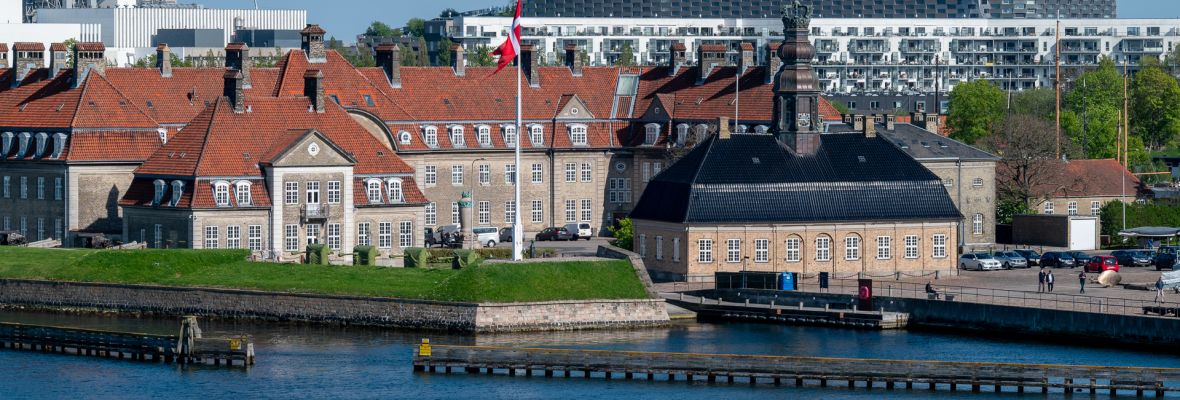Exciting changes are on the way!
As part of our merger with Polar Latitudes, we’re refreshing key elements of our website to reflect this new chapter. Discover more in our latest news update.
Denmark is known for its innovative design, laid-back lifestyle, and rich history. The country offers a culinary scene that combines local ingredients with simple yet delicious flavors. Copenhagen’s culture and beautiful architecture stand out, while the countryside and coastal towns provide a peaceful contrast. Denmark’s bike-friendly cities, clean environment, and commitment to sustainability make it an appealing destination for anyone looking to explore modern life rooted in tradition.
Area of Denmark
Population of Denmark
Facts about Denmark
- Europe
- Denmark






